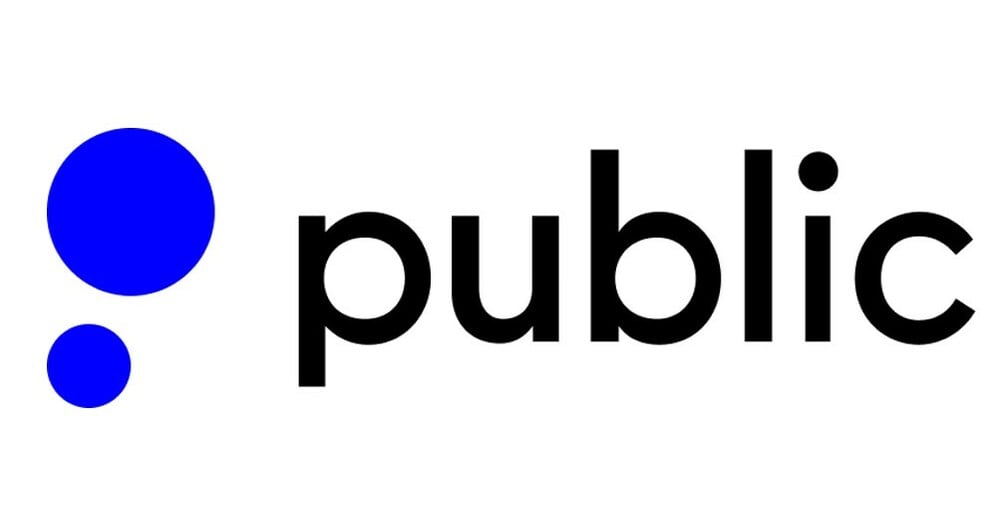In-Kind or ACAT Transfers: How to Switch Brokers and Move Your Investments
Transferring your brokerage account isn't hard if you opt for an in-kind or ACAT transfer — and it may be worth your while.

Many, or all, of the products featured on this page are from our advertising partners who compensate us when you take certain actions on our website or click to take an action on their website. However, this does not influence our evaluations. Our opinions are our own. Here is a list of our partners and here's how we make money.
The investing information provided on this page is for educational purposes only. NerdWallet, Inc. does not offer advisory or brokerage services, nor does it recommend or advise investors to buy or sell particular stocks, securities or other investments.
If you have an account at stock broker and you haven’t checked out the competition in a while, particularly from discount online brokers, it would be worth your while to take a look.
Investors who are willing to transfer their brokerage accounts may save considerably by doing so — and potentially score a brokerage bonus in the process.
Through a process called an in-kind or ACAT transfer, switching brokerage accounts isn't hard. But inertia is powerful. This guide to transferring brokerage firms may be just what you need to prioritize a change.
» Get a bonus: View the best brokerage promotions right now
NerdWallet rating 4.8 /5 | NerdWallet rating 4.6 /5 | NerdWallet rating 4.6 /5 |
Fees $0 per online equity trade | Fees $0 | Fees 0% - 4% varies by type of transaction; other fees may apply |
Account minimum $0 | Account minimum $0 | Account minimum $0 |
Promotion None no promotion available at this time | Promotion Earn up to $10,000 when you transfer your investment portfolio to Public. | Promotion Get $200 in crypto when you sign up. Terms Apply. |
What is an in-kind or ACAT transfer?
An in-kind or ACAT transfer allows you to transfer your investments between brokers as is, meaning you don't have to sell investments and transfer the cash proceeds — you can simply move your existing investments to the new broker.
Many brokers accept in-kind or ACAT transfers, which make it easier to switch accounts and allow you to avoid any tax consequences of selling investments. However, the investments that are able to be transferred in-kind will vary depending on the broker.
In general, most stocks, bonds, options, exchange-traded funds and mutual funds can be transferred as is. Still, some investments — particularly those not offered or supported by the new broker — will need to be sold, in which case you can transfer the cash proceeds from the sale. Ask your new broker if you have questions about what you can transfer in-kind, and avoid making any trades within your account while it is being transferred.
How to transfer brokerage accounts
The new broker you’re eyeing will be more than happy to hold your hand through this process. It wants your money and is keen to help you move it over, so lean on its customer support as you go through these five steps:
1. Get your most recent statement from your existing account. Your new broker will need the information on this statement, such as your account number, account type and current investments.
2. Open an account at the new broker. Most accounts at most brokers can be opened online. Be sure to have some information handy — the broker is likely to ask for your name, address, income, birth date, Social Security number and driver’s license number. The account you open should match the account you’re transferring — in other words, an IRA account should be transferred to an IRA, a taxable account should be transferred to a taxable account. (Need more specifics? Here’s how to open a brokerage account.)
3. Initiate the funding process through the new broker. Generally, you’ll be walked through a step-by-step process online that includes filling out a transfer form or ACAT form. Most accounts can be transferred through an automated process called the Automated Customer Account Transfer (ACAT) Service. Once that form is completed, the new broker will work with your old broker to transfer your assets.
4. Watch and wait. The broker you’re transferring to will review the assets in your account and determine whether they can be transferred in-kind. And then reach out to your old broker to facilitate the transfer process on your behalf.
5. Enjoy your new account. In most cases, the transfer is complete in three to six business days. Your broker may be able to give you a more specific time frame. Some even have online trackers so you can follow that money.
» Compare and save: See our full list of the best online brokers
Understanding brokerage transfer fees
There’s a good chance that a full transfer out of your account will come with a fee from your old broker, generally from $50 to $100. (Here's our rundown of common brokerage and investment fees.)There’s no real way around it, but you may be reimbursed by your new broker, either formally via a program that reimburses transfer fees or informally via a new customer cash-back or free-trading bonus.
Even if you can’t get the new broker to somehow eat the cost of making the switch, you may find that the fee — while a bummer — is worth it if you’re able to reduce your trading commissions. This calculator will tell you when you’ll break even on a transfer fee and how much you’ll save by transferring to a less expensive provider.
Keep records from your old account
Finally, hang on to statements from your old accounts. They will give you a history of IRA contributions, for example, so if you ever convert a traditional IRA to a Roth IRA or need to take an early distribution of Roth IRA contributions, you’ll know how much of your money was contributed after-tax.
If you have a taxable account, your statements should detail the cost basis — or the original value — of your investments. Your new broker may not have this kind of history available, and it will be important come tax time, especially if you’ve sold investments. You’ll need the cost basis to report any capital gain or loss. Often, if you provide your cost basis to your new broker, they can update it in their system.
ON THIS PAGE
ON THIS PAGE









